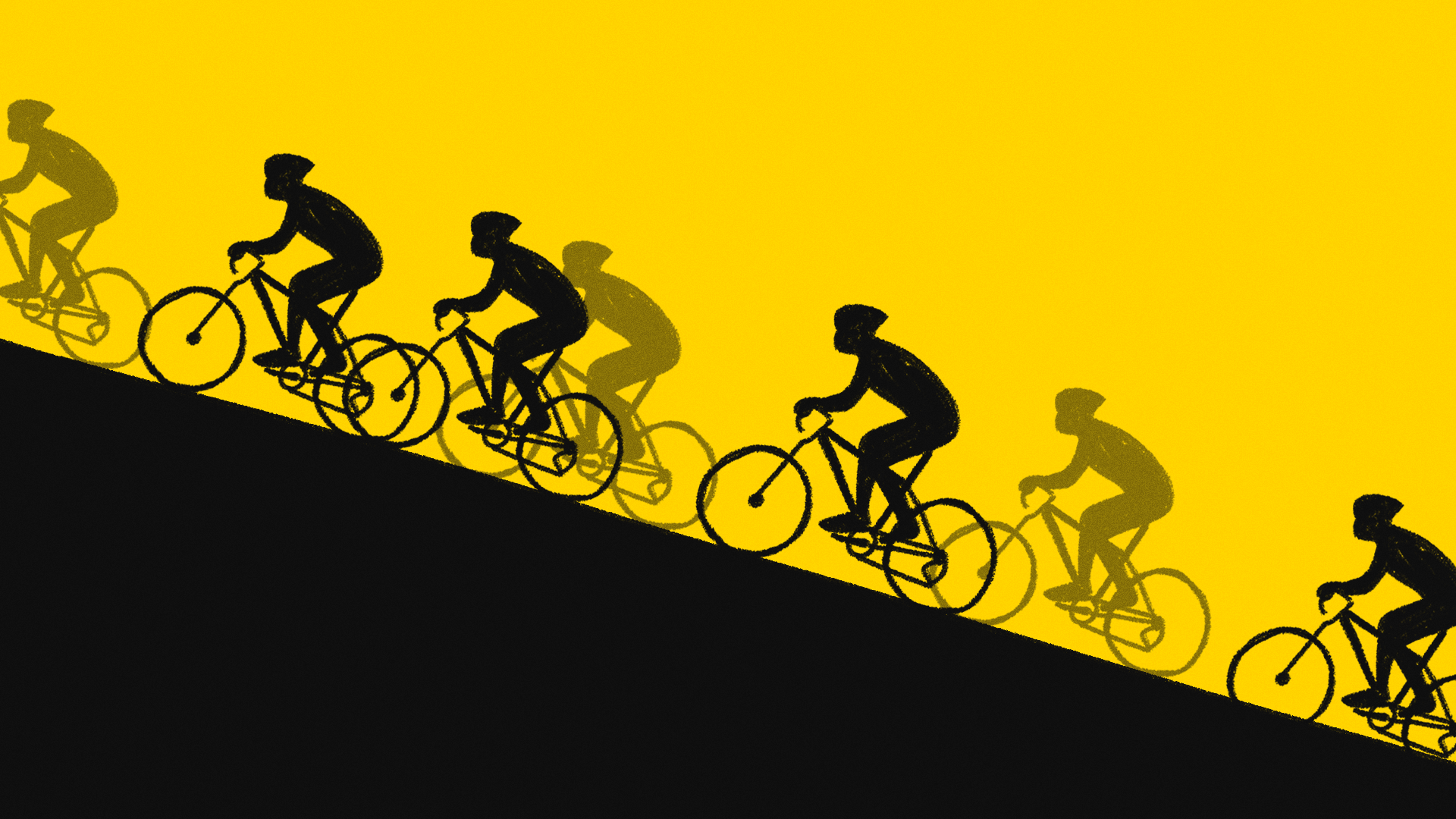Favourites and Canadians to watch at this year’s Tour de France
With the Union Cycliste Internationale (UCI) 2021 World Tour now underway, many are wondering who will have the chance of bringing the famous Tour de France yellow jersey home. Can the Ineos Grenadiers come back from the dead as they try to restore their name and reputation, and will there be any Canadian riders competing?
Race favourites
All eyes are on the single greatest race of the calendar, the Tour de France (TDF). Out of the three grand tours, the TDF is the oldest and most prestigious cycling competition in the world. Last year, the young Slovene Tadej Pogačar (UAE Team Emirates) surprisingly won the French Grand Tour by beating Primož Roglič (Jumbo-Visma) on the last time trial of the race.
This year, though, competition should shift up a few gears as many racers who were absent last year are expected to make a comeback. Among those competitors are Chris Froome (Israel Start-Up Nation), who won the TDF four times during his days with the former Team Sky, but missed last year’s edition due to a severe injury.
Mathieu van der Poel (Alpecin-Fenix), who has never competed on the biggest road cycling stage, is expected to make his TDF debut in 2021. Van der Poel is a four-time cyclocross world champion and started 2021 with an impressive first place at Strade Bianche. Time will tell if he will be able to apply the skills he has learned in the mud to road.
Roglič is one of the main candidates battling for the yellow jersey. Last year, he won the Vuelta a España and finished second in the TDF. He is expected to give absolutely everything to win the title, as this will be his fourth time at the event.
Geraint Thomas is expected to lead the Ineos Grenadiers. He already won the Tour in 2018 and finished second in 2019. He will hope to bring his team back on top after a very difficult tour in 2020.
The end of the Ineos Grenadiers’ outrageous domination
Ineos Grenadiers was founded in 2010 by British Cycling, first called Team Sky, then Team Ineos, before finally becoming Ineos Grenadiers. The team was founded to “produc[e] the first British winner of the Tour de France.” It took them only two years to do so, and they repeated the accomplishment seven times in 11 years.
In 2019, the English industrialist and billionaire Jim Ratcliffe bought Team Sky and renamed it after his chemical firm, Ineos. Ratcliffe bought the richest and the most prestigious team on the circuit, which, at the time, was led by Froome. At the time of the transaction, the team had won six of the last seven TDF. Those years were dominated by Froome, who seemed to fly up French mountains. According to The Hustle, Ratcliffe has invested approximately US $47 million every year in his victorious team. When you realize that World Tour teams have an average $20 million yearly budget, you understand why Ineos has dominated Grand Tours for the last few years. Those numbers bring not only huge possibilities but also huge pressure on cyclists and trainers to always win.
At the end of last year’s TDF, when Ineos’ race leader Richard Carapaz finished 13th, the team faced a lot of criticism. This year, there is a huge amount of pressure on the team’s riders to perform at the highest level and put a cross on last year’s failure. As competition from other teams increases, the British formation has to reinvent itself to go back to its glory days.
Canadian cyclists in the competition
Two of Canada’s greatest road cyclists, Hugo Houle (Astana-Premier Tech) and Michael Woods (Israel Start-Up Nation), are expected to be on the starting line on June 26.
Last year, Houle, who was born and raised in a small village just outside Drummondville, Quebec, was the only Canadian on the tour. His team director has not yet confirmed his presence at the competition, but based on his excellent results last year, where he finished 47th, he is very likely to be on the starting line this summer.
Last year, Woods left his old teammates from the newly-named EF Education-Nippo and joined new, promising formation Israel Start-Up Nation. The 2021 TDF will be Woods’ second appearance at the race.
Graphic by Taylor Reddam
